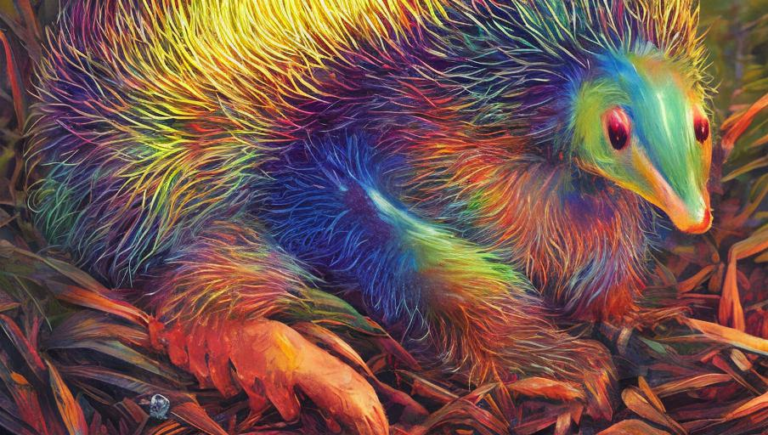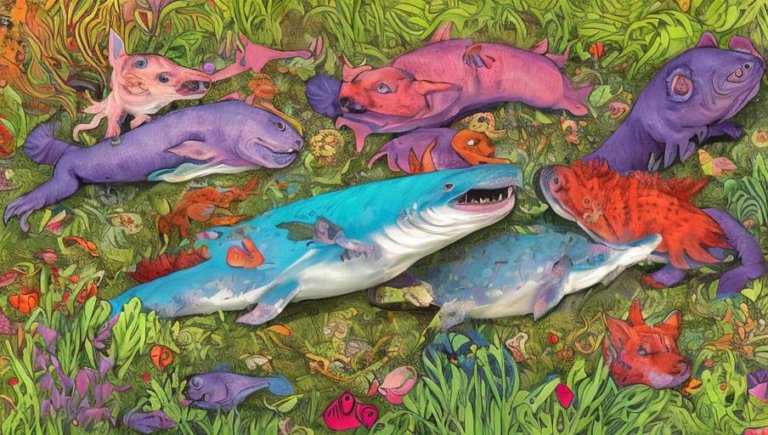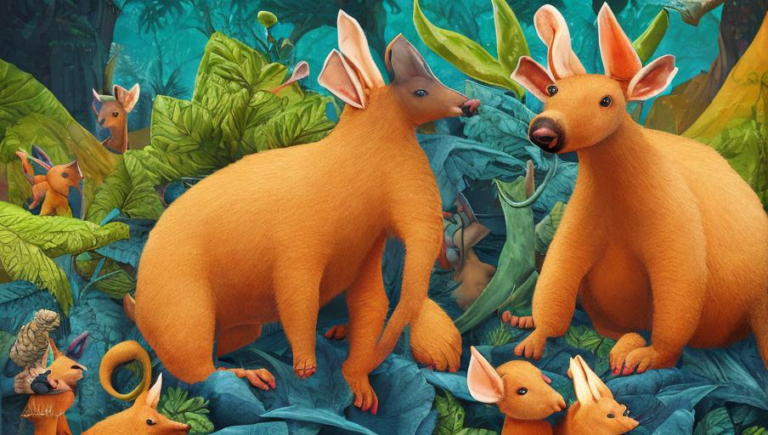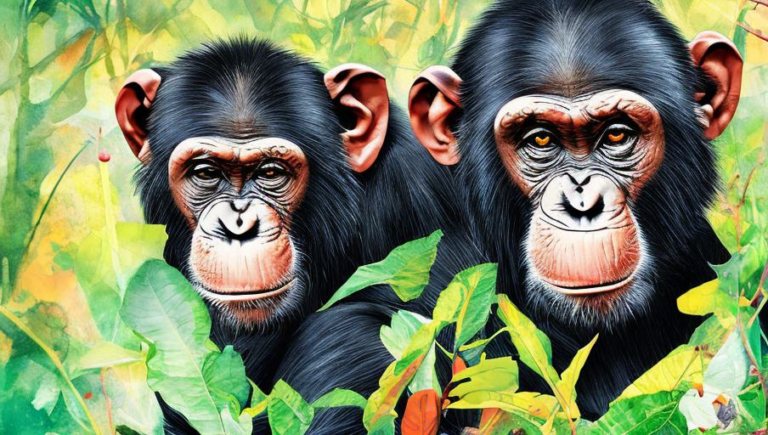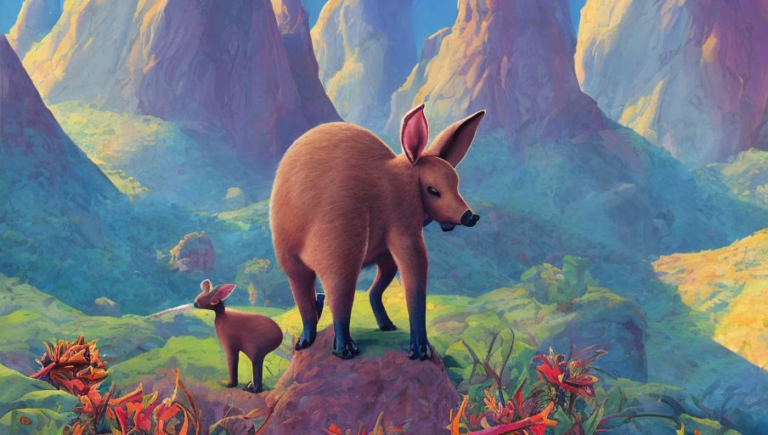Recording the Aardvark’s Unique Adaptations
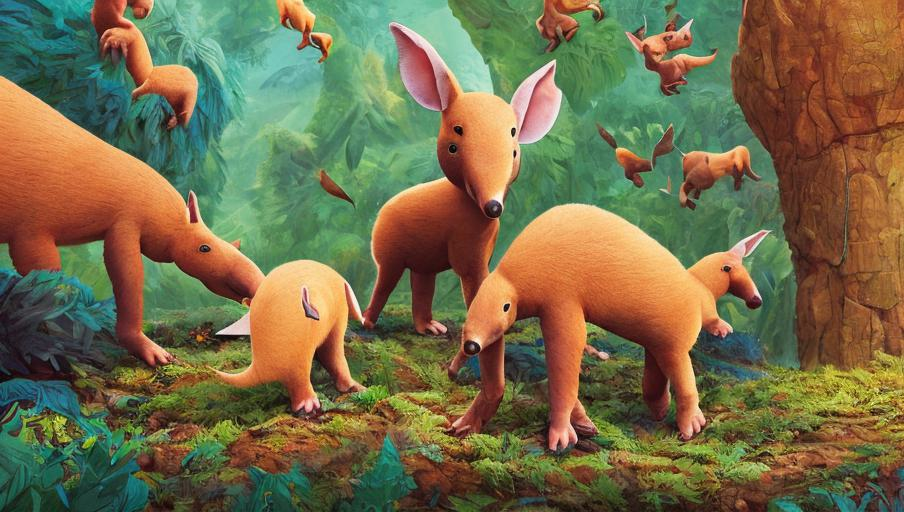
The Aardvark’s Unique Adaptations
The aardvark is an intriguing creature that has been around for millions of years. It’s long snout, boulder-like body, and powerful claws make it a fascinating creature to observe and study. Aardvarks are found in the savannas and woodlands of sub-Saharan Africa, where they are able to thrive in the hot, arid climates.
Aardvarks are well adapted to the environment in which they live. They have powerful claws that allow them to burrow and dig for food, and their elongated snout is perfect for sniffing out ants and termites. Aardvarks have thick fur that helps to protect them from the sun, and they also have a thick layer of fat that helps to insulate them from the cold nights.
Aardvarks also have excellent senses. They have a strong sense of smell that allows them to detect their prey, and they also have large ears that help them to detect the movements of their predators. Their eyesight is not very good, so they rely more on their sense of smell and hearing to navigate their environment.
Diet and Habits
The aardvark is an insectivore that mainly consumes ants and termites. They also consume other insects, such as beetles, and fruits and vegetables. Aardvarks are nocturnal animals, so they spend most of their time foraging for food at night. They use their powerful claws to dig burrows in which they can rest during the day.
Aardvarks are solitary creatures that live alone. They have a home range of up to three miles, and they will defend this range from intruders. Aardvarks will mark their territories with urine and excrement, and they will also use their claws to dig shallow trenches around their burrows.
Reproduction
Aardvarks are solitary creatures that come together only for mating. The female will typically give birth to one young each year, and the young will remain with the mother for up to two years before it becomes independent. The young will reach sexual maturity after three to four years.
Conservation Status
The aardvark is classified as a species of least concern by the International Union for Conservation of Nature. Although their populations may be declining due to habitat loss, they are still relatively widespread and are not threatened with extinction.
The aardvark is a unique and fascinating creature that has been able to survive in its harsh environment for millions of years. Its remarkable adaptations have enabled it to thrive despite the changing climate and human development. We must ensure that their habitats remain intact and that they are protected so that they can continue to survive in the wild for many years to come.
